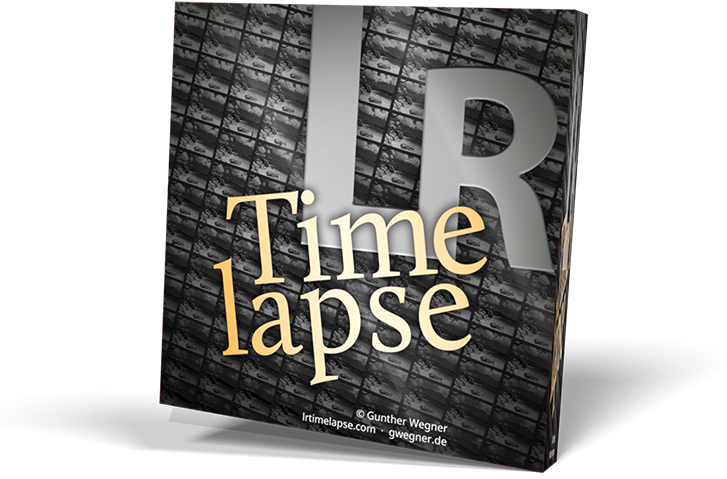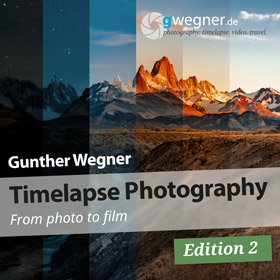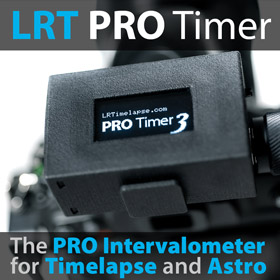Posts: 13,941
Threads: 189
Joined: Feb 2011
(2011-07-14, 13:42)Kelly Wrote: Still not answered:I don't really understand what you mean with "cropped transitions / keyframes"
In the last video showcasing v1.4 and the cropped transitions/ keyframes, I wonder how this could be done for the rest of us that don't have Lightroom... or any other varieties of tweaked keyframes for that matter?
Quote:Whether it's a pan, crop or zoom of our still frame, how can this be done without Lightroom?You do it in Bridge/Camera RAW the same way you would in Lightroom.
Quote:In Adobe BridgeYes that's correct. The first reason is: you have to initialize the metadata, speaking: create an XMP. As you figured out, when you don't change anything, there is no real XMP being written. To ease that process I made a preset for Lightroom Users - but what's better: in the new Version 1.5 (pre release already available) there is a Menu Item "Initialize metadata" that will build a clean XMP record for every file. Thats the best to start with.
1 open the folder with your time lapse image sequence in Adobe Bridge
2 select all images (Ctrl+A), right-click on them and choose Open in Camera Raw…
I don't understand why we see this step... is it because that without an XMP file for a given image, Timelapse has nothing to work with? Is that correct? And that is regardless of what type of image file we begin with; e.g., CR2, NEF, JPG, etc., each image needs to have an XMP file associated with it - is that correct?
Quote:In trying to understand this better, I notice that simply opening a raw image in ACR and then doing absolutely nothing to the image and then hitting Done, will not create a discrete XMP file, but if we make a single minor alteration, an extensive XMP file is generated - example file shown below.The problem is, depending on what you edit, Adobe decides what to write in the XMP. So if you start without crop and decide to animate the crop later, some images won't have the crop parameters in their XMP. That's why I alway stress that inialization stuff. It's not my invention that Adobe behaves that way ;-)
Quote:However, this is not true when opening a JPG in ACR; no amount of tweaking the various settings in ACR for a JPG will produce an XMP file. Are those adjustments embedded in the JPG and is Timelapse able to read that meta data?
Adobe decided that XMP for JPGs have to be embedded into the JPG, that's the reason you don't see it.
Quote:The creation of an XMP file from a RAW image file ... and/ or the embedded metadata in a JPG - both arising from ACR almost seems moot if Timelapse is "initializing" fresh JPGs for us.I don't understand that.
Quote:One concern that is behind these questions is the fact that I'm not planning on going straight from the camera into deflickering, or adding cool keyframe effects as I'm shooting HDR and may additionally require other post processing to each resulting frame well before I'm ready to string them together in an avi.Not to make it too complicated here with HDR - please see the HDR thread for that.
Quote:The assigning and tweaking of two individual keyframes, like you've done in your last video where you ramped up the ISO toward the end of the photographic sequence, is accomplished through Lightroom. I see nothing afforded in Bridge (PS Extended CS4) where individual images may be assigned or designated as a keyframe. Am I missing something? And if not, what workarounds are there for folks not using Lightroom?
Okay: Key frames are nothing else than 1-star Ratings. You can define them in Bridge as well (Ctrl-1). And you are going to see Keyframes you defined in LRTimelapse as "1-Star"-rated images in Bridge.
Basically it's the same workflow. You set the key-frames in LRTimelapse, save, go to Bridge set your filter to only show 1-star-rated-images (Ctrl-Alt-1). Now edit that keyframes to your liking in Camera RAW (not Photoshop!!!) - that will change the XMP-Metadata, not the image. When you reload in LRTimelapse you will see the changes.
Thnik as Bridge being the Library module of Lightroom and Camera RAW being the development-module. There is nothing I'm aware of, that you can't do in Bridge/ACR as well (regarding our Workflow).
The only advantage the Lightroom workflow has is that you don't have to export JPGs once you are totally ready because Lightroom is able to create the movies on its own.
When you use Bridge/ACR after making all your edits and transitions in LRTimelapse you will have to export JPGs. Those JPGs you can join to a movie in Photoshop Extended, but you can as well use Virtual Dub or Quicktime or whatever. That's important: don't do anything to your images in Photoshop! Photoshop is only for video creation.
I hope I could make it a little bit clearer. I fear I will have to make a screencast for that workflow as well - maybe next week ;-)
Best
Gunther




